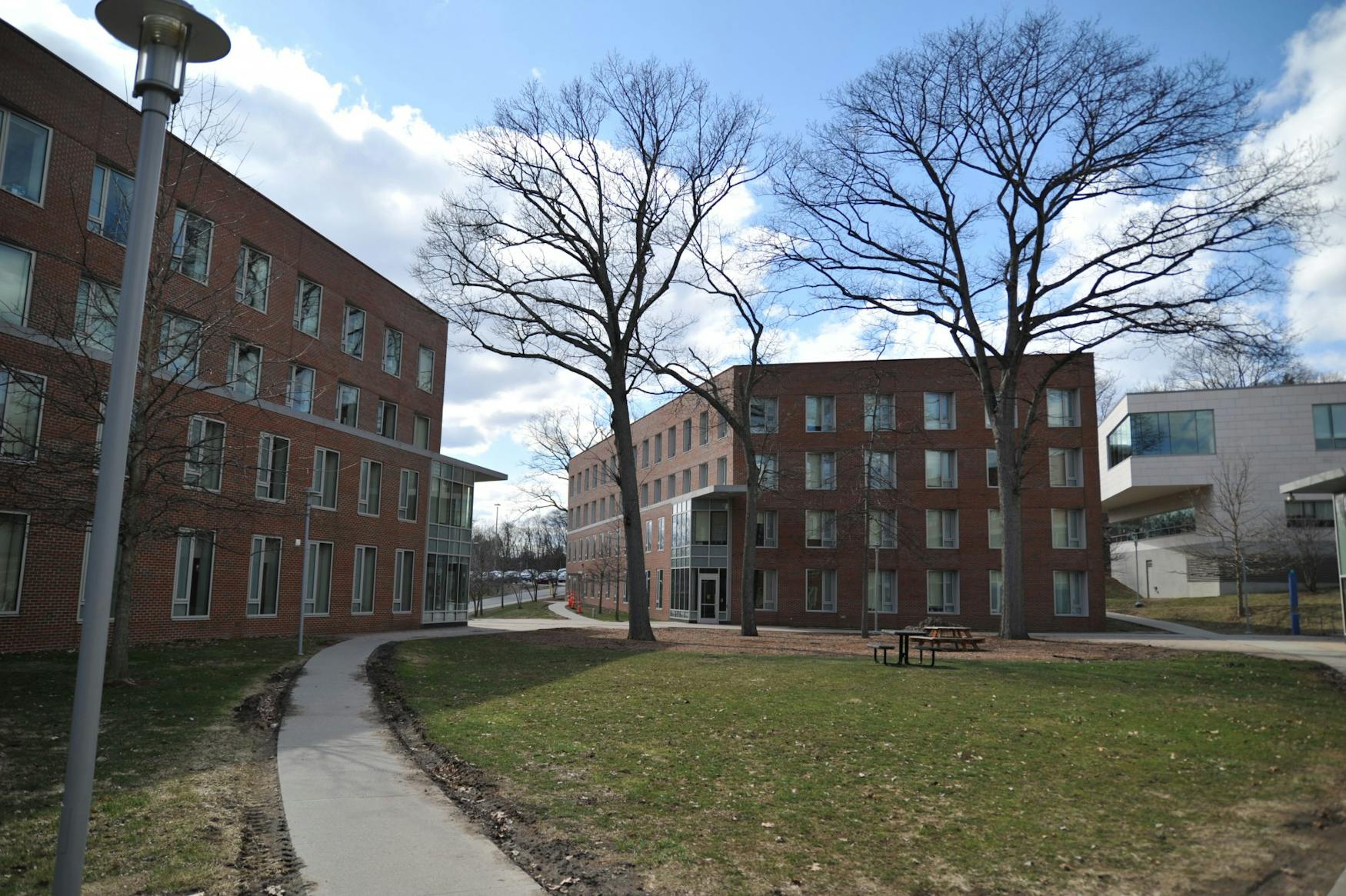Why Brandeis campus housing must change
The Brandeis population has grown steadily over the past several years, with the class of 2026 now the largest first-year class in Brandeis history with an enrollment of 1,007 students, compared to the class of 2025’s initial enrollment of 953 students.Despite the fact that the undergraduate population has been steadily growing, the University’s infrastructure has been struggling to keep up.
With the increasing number of undergraduate students comes more issues with housing. Controversy over campus housing at Brandeis is nothing new, but the continual increasing of first-year classes poses the question of whether or not the University actually has the room to house these students. First-years at Brandeis are traditionally housed in one of two quads: North Quad or Massell Quad. Most rooms are set up for two students each; however, to accommodate the number of students coming to Brandeis, the University has begun turning rooms originally intended for two students into forced triples, where all three beds and desks are put in a room designed to be used as a double. This year, some first-years have also been assigned to live in East Quad, which has traditionally housed only sophomores, juniors, and seniors.
This overflow of students increases the risk of illnesses spreading among students, as viruses spread easily when students are living in such close quarters. This problem is exacerbated by a lack of access to testing on this campus, now that the University has suspended its testing surveillance program. Although students are required to report any positive COVID-19 results, not all students have access to testing. While it is true that the Health Center will test students showing symptoms or those that have been deemed as a close contact, it is the belief of this board that the University should have rapid tests more readily available to students if they are no longer providing PCR tests outside of appointments. That being said, testing alone will not fix this issue. Students who test positive for COVID-19 now isolate in their dorms, which is particularly problematic in first-year housing where students share bathrooms and many live in forced triples.
This board recognizes the fact that building new housing and renovating current housing would be a large project, and that these issues would not be solved all at once. However, prior to COVID-19, the Justice reported that there have been plans to update campus housing — it is likely that these plans have been delayed due to COVID-19, but given the growing student body, students would appreciate an update on those plans. If the University plans to continue admitting more and more students each year, they must be able to accommodate them without putting three students in rooms made for two in dorms that already struggle to accommodate the number of students living in them.
Resources in these buildings are already inequitable; some first-year dorms have only a couple washers and dryers, others have several of each, and a few buildings have none at all. Because first-years do not have apartment style housing, they can either use the one communal kitchen in their building or the dining hall, an already existing problem that has been exacerbated by the influx of new students. First-year dorms usually only have one kitchen in an entire building, with some buildings sharing the same kitchen, and lines at the dining halls have been particularly long this semester.
Although happy to welcome the class of 2026 to campus, this board believes that the University is accepting more students than it has the capacity to house safely and effectively. If current trends continue, this problem is unlikely to go away. It is in the best interest of first-year students in particular that the University figures out a way to accommodate these students, whether by admitting fewer or finding more acceptable housing options for the ones that they do admit.
—Editor’s Note: Editor Cameron Cushing ’23 is employed by the Department of Community Living. He did not contribute to or edit this article.



Please note All comments are eligible for publication in The Justice.